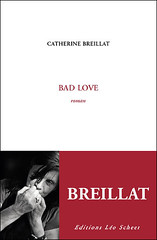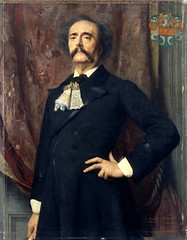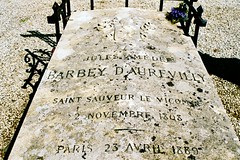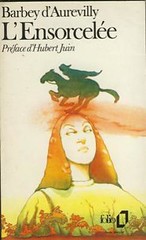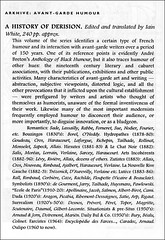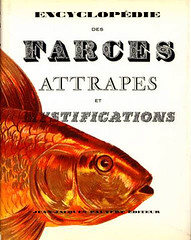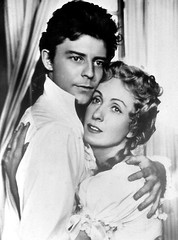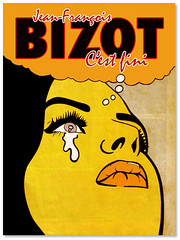Bad Love (film) by Catherine Breillat
Bad Love (2007) Catherine Breillat
Bad Love is a French film by Catherine Breillat scheduled for 2009, starring fashion model Naomi Campbell and impostor/con artist Christophe Rocancourt, produced by Jean-François Lepetit, based on Breillat’s own novel published by Léo Scheer in 2007.
Bright Lights Film Journal (along with Senses of Cinema[1] and Images Journal[2], the best film site online) has an interview with Jahsonic fave Breillat[3] conducted by Damon Smith.
From Léo Scheer publisher:
- “Vivian Parker, une star sublime et hautaine, rencontre Louis lors d’un festival de cinéma. Sans savoir pourquoi, elle lui donne son numéro de téléphone. Commence alors une passion qui réunit deux êtres que tout oppose. Entraînés dans le vertige de leur amour irrationnel, les deux amants vont se découvrir peu à peu, avant de se déchirer. Avec ce roman à deux voix, tour à tour émouvant, sensuel, sombre et cruel, Catherine Breillat met en scène une histoire d’amour tragique, une histoire de dévoration mutuelle.”
So it looks like another story of tainted love, mad love and impossible obsessive love fitting for an entry in Cinema of Obsession: Erotic Obsession and Love Gone Wrong.
Other films expected in 2009:

